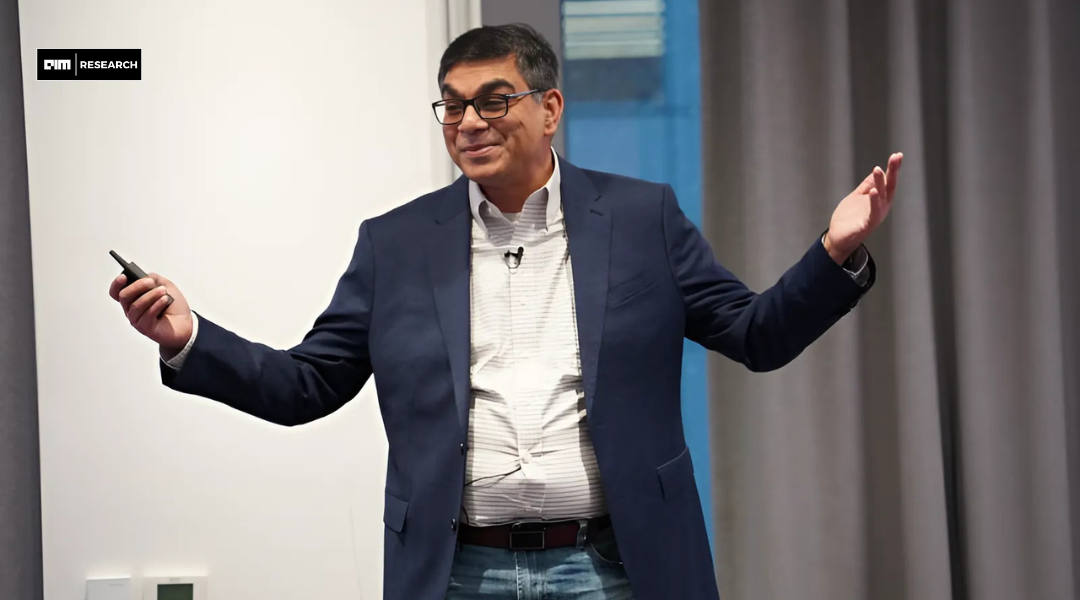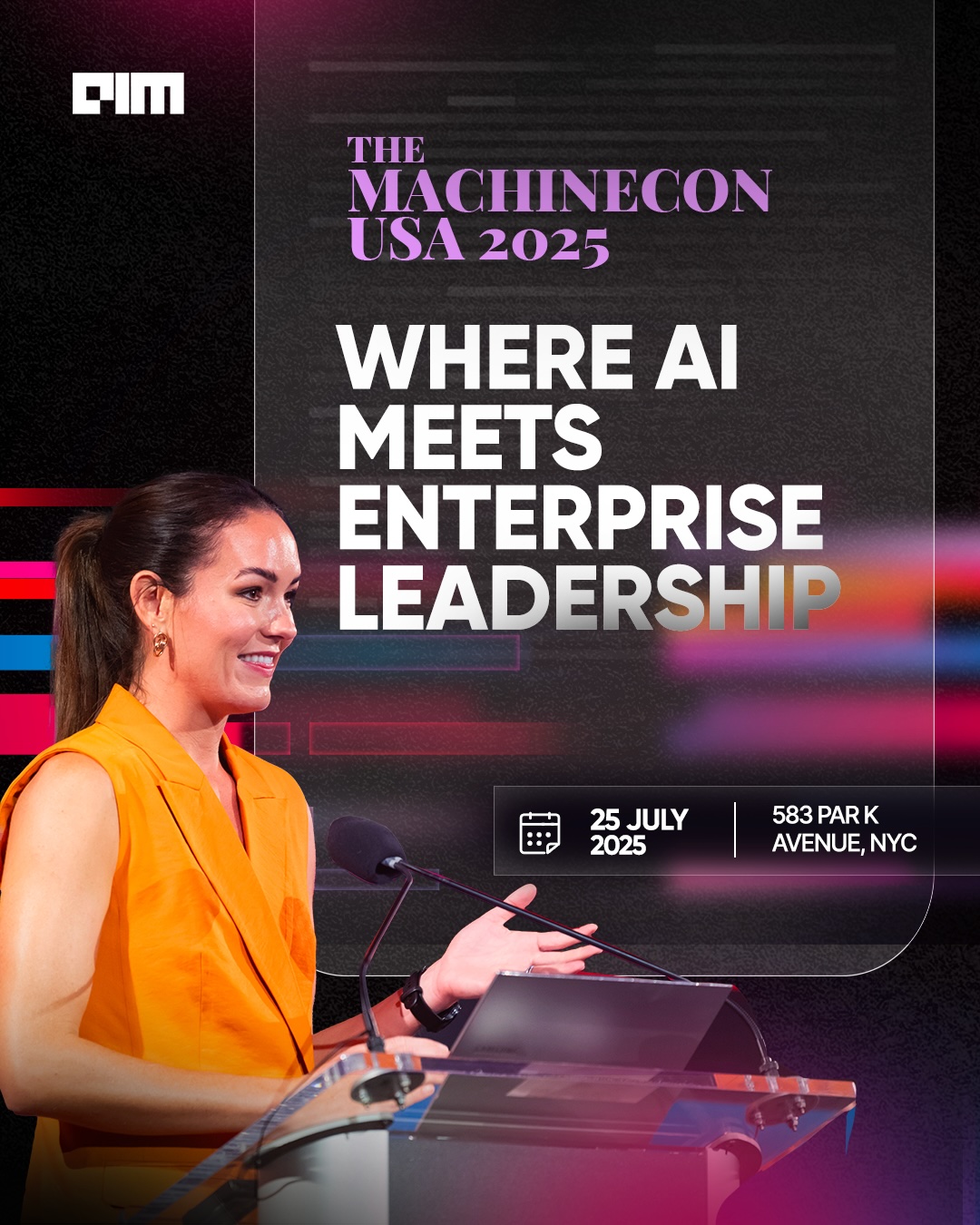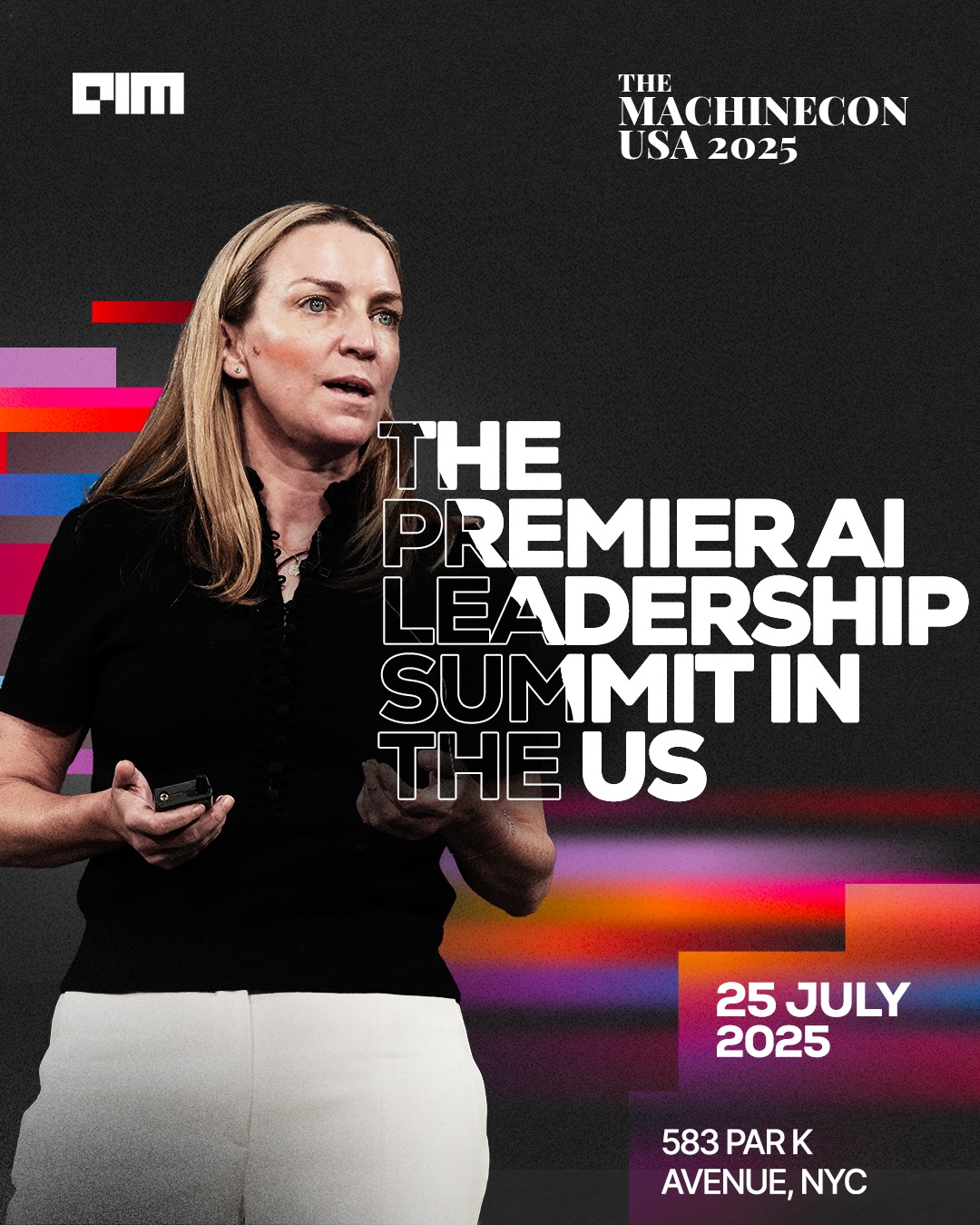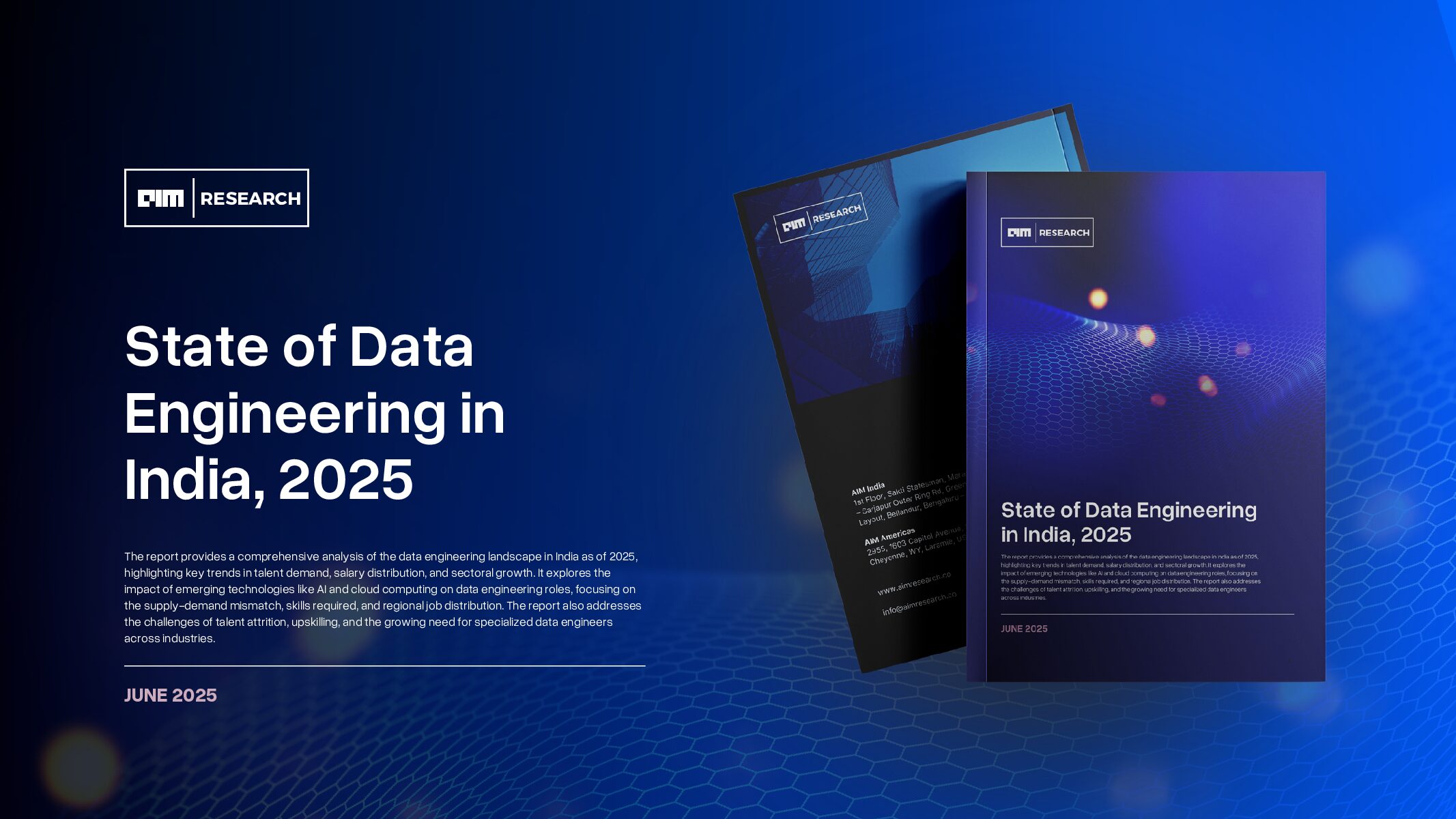“We are in the midst of an AI revolution for business,” said Marc Benioff, CEO of Salesforce, as he introduced Einstein GPT in 2023. He promised a new era of enterprise intelligence powered by generative AI, natively integrated into the company’s suite of business applications.
But over a year later, Salesforce’s AI ambitions are falling short weighed down by overpromising, under-delivering, and a growing list of missed expectations. While competitors build foundational models and verticalized AI ecosystems, Salesforce is stuck in neutral, leaning on third-party infrastructure, vague roadmaps, and rebranded tools that so far haven’t delivered meaningful returns.
Marc has worked to reposition the company as more than just a CRM giant. He has spent the last few years pushing Salesforce beyond traditional cloud software, into the realm of machine learning and generative AI attempting to remake the company for what he calls “the AI era.” Yet the results so far haven’t matched the rhetoric.
In early 2023, Salesforce rolled out Einstein GPT, branding it as the first generative AI tool built directly into CRM. Just months later, the company renamed it Einstein 1 Copilot, alongside the launch of Prompt Builder, Copilot Studio, and the Einstein Trust Layer. These tools were pitched as game-changers for business productivity. Yet behind the rebrands and naming shifts, many customers and partners have struggled to identify any real gains.
Salesforce’s AI tools despite being labeled “natively integrated” are largely wrappers around foundation models developed by others. Salesforce does not own or train its own large language models. Instead, it relies on third-party providers like Anthropic, OpenAI, and Cohere, with those models accessed via Amazon Bedrock, AWS’s managed service for foundation models. That means Salesforce is not in the business of building foundational AI but in the business of assembling features around other people’s models and offering that assembly to customers.
In parallel, the company rolled out Agentforce, its new AI agent builder platform. But that initiative has already run into headwinds. In February, Salesforce’s stock dropped more than 4% after a weak annual revenue and profit forecast, with analysts pointing directly to concerns about the company’s AI monetization strategy.
“Unfortunately for Salesforce, the focus [on Agentforce] is coming at the expense of the rest of the business, which continues to decelerate,” said Gil Luria, managing director at D.A. Davidson. “Since Agentforce may not become a significant contributor for at least a year or two, that means Salesforce will experience even slower growth this year.”
The lag in growth is compounded by the company’s own admission that its AI adoption curve is still in its early stages. Outgoing CFO Amy Weaver said in March that Salesforce is “focused on deploying the software to customers” but only sees “meaningful contribution in fiscal 2027.”
This means Salesforce may be years away from demonstrating real returns on what has already been a sizable investment in AI infrastructure, partnerships, and marketing. In the meantime, customers are left with a fragmented toolset and few use cases that go beyond early experimentation.
That fragmentation is also visible in Salesforce’s internal reshuffling. The company has lacked stable leadership at the top of its AI operations since the departure of Bret Taylor, the former co-CEO who played a key role in Salesforce’s $27.7 billion acquisition of Slack. Two years after Taylor’s exit, no one has officially stepped into his shoes.
“Now, it seems someone with the initials AI may have seized that position,” reads a recent industry critique, reflecting the perception that AI has become a stand-in for leadership direction rather than a functional pillar of execution.
The company insists that bigger things are coming. Benioff has signaled that multimodal and multisensory AI, systems that combine text, visuals, and other inputs will be next. “You are going to see more multimodal or multi-sensory models, and that will come right into the enterprise as well,” Benioff said. “We’ll be there to help bring those along for our customers as that technology matures.”
But that maturity may take longer than Salesforce is prepared to wait. Many in the enterprise space are already voicing doubts about whether any of these products solve real problems.
“Salesforce and other companies’ struggles to actually monetize huge investments in customer-facing AI is really instructive,” said one analyst. “There’s a ‘not-ready-for-prime-time’ aspect to this. There is also a typical ‘solutions in search of problems’ judgment error aspect.”
Those critiques reflect a deeper issue: the company’s AI tools aren’t yet resonating with customers in the way the cloud CRM did in its early days. And while the broader promise of AI to “analyze and understand data and communicate that understanding” remains intact, Salesforce’s current execution isn’t hitting the mark.
“Salesforce’s rather gloomy outlook could quickly turn around,” said Danni Hewson, head of financial analysis at AJ Bell, “but with investors wary of the huge sums of cash that have been spent on chasing the AI dream, it will have to deliver quickly because the competition is fierce.”
And the competition is fierce. Companies like Microsoft have vertically integrated foundational model development and enterprise integration through OpenAI and Azure. Others like Google and Meta are producing their own LLMs and embedding them deeply into enterprise workflows. Salesforce, in contrast, is positioned as a middle-layer that is dependent on suppliers for core technology, while simultaneously trying to distinguish its CRM with new AI-powered wrappers.
That leaves Salesforce in a fix: facing rising costs, declining growth in its core subscription business, and unfulfilled expectations around its AI roadmap. With “meaningful contribution” years away and customers tightening their software budgets, it’s unclear how much longer the market will wait for Salesforce to figure it out.























